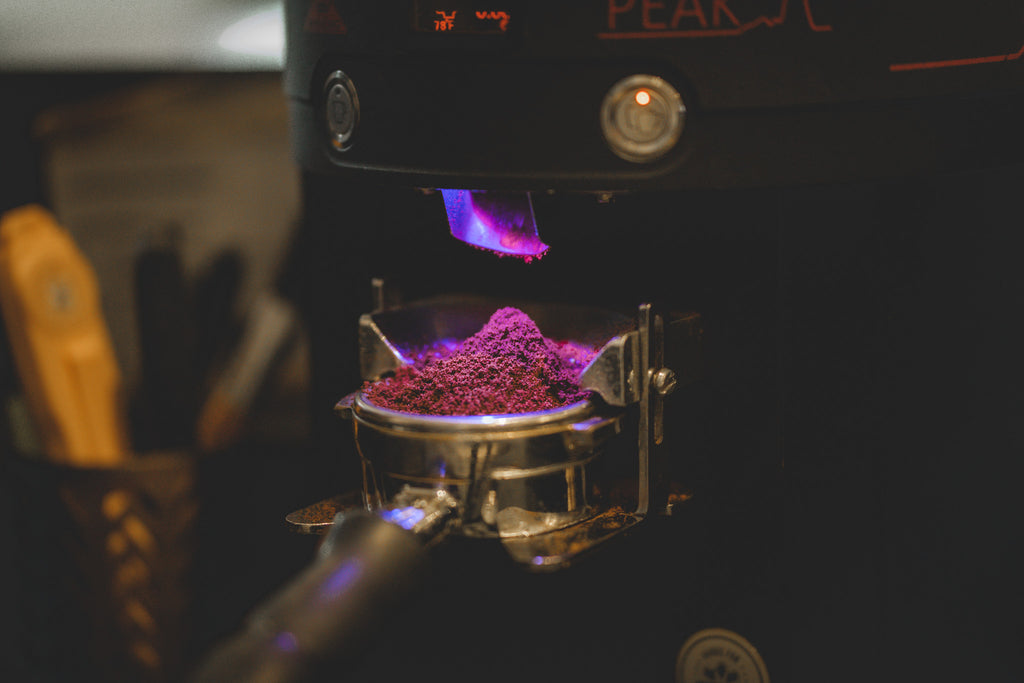What is the Potato Defect in Coffee?
Potato defect, also called PTD, is a fault found in the unroasted coffee that develops when the coffee is still in cherry form on the trees. It affects the taste and aroma of roasted and ground coffee.
Is it safe to drink?
PTD is not toxic to humans and only affects the taste and aroma of coffee.
How can we identify it?
The good thing is you do not need to be an “expert taster” to find it. PTD smells and tastes like a raw potato or sometimes described as iceberg lettuce and dirt. When a barista grinds a batch to brew, the odor can be identified. Potato defect is very strong and clearly Identified and if you think you smell it chances are you do! Discard the potato grounds and start over.
How often will we find it?
The challenge is that it can only be detected when roasted and ground, and It only affects one bean at a time. With the quality of green we are sourcing, this will affect less than 1% of the lot. This means that we may find 4-5 PTD in every 1,000 cups.
Where does it occur?
The Potato defect only occurs in East African countries including Rwanda, Burundi, Uganda, and the Democratic Republic of Congo.
What Causes it?
Although there has been extensive research on the subject, the jury is still out on the exact cause of PTD. It has been linked to an insect called Antestia along with a naturally occurring chemical that the plant produces when threatened or under distress.

What steps are being taken to prevent it?
Our main line of defense as a roaster / retailer is working with supply chains we trust to have the highest quality standard of practices. High quality in the cup is directly tied to best practices on the farm, which is where the real battle with PTD happens.
Steps to mitigate the incidence of potato defect include:
- Mobilizing growers to practice good coffee husbandry at farm level
- Using natural and synthetic insecticides to control Antestia and other insects that may damage the coffee cherries
- Sorting and floating cherries in water at the wet mills to remove low-density cherries, which may have been damaged by insects
- Removing beans that appear to have defects from the raised beds
- Using density sorting machines at the dry mills to eliminate damaged beans
- Using Color sorting to remove damaged green beans
- Cuppings all lots in the local labs at origin to eliminate lots with defects

